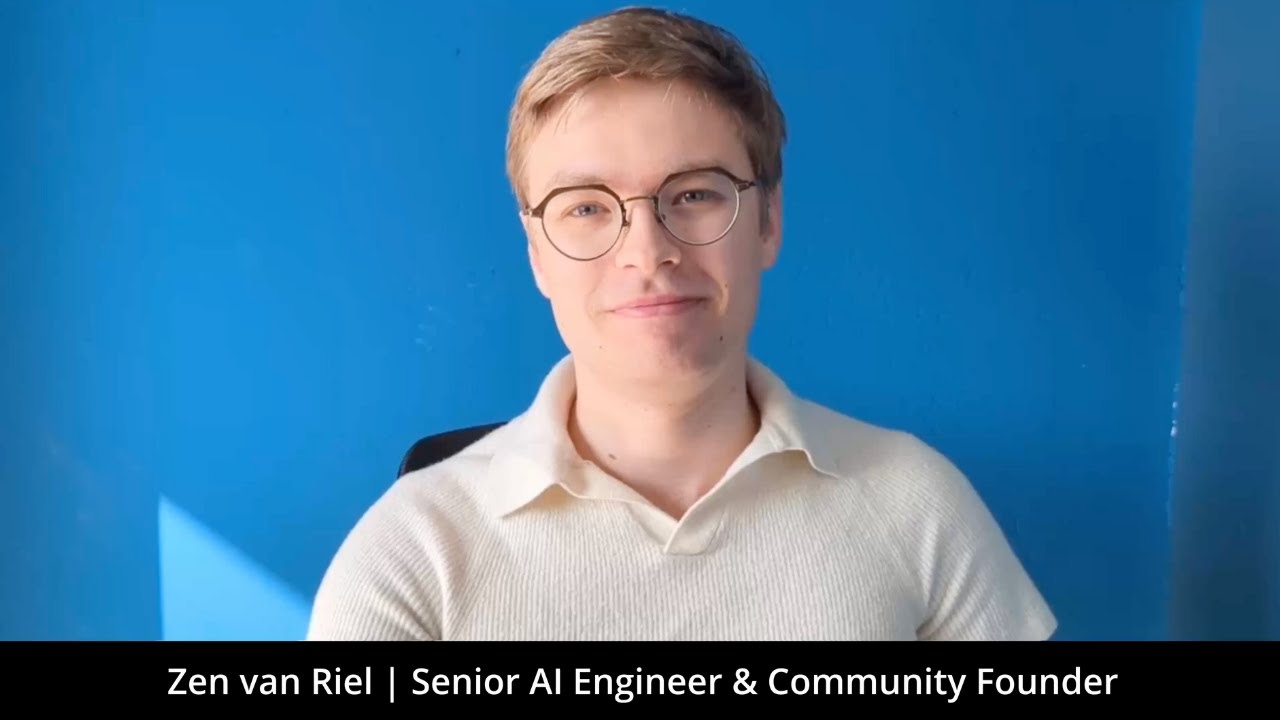AI Pair Programming Implementation Guide for Engineers
While implementing AI systems at big tech companies, I developed a perspective on AI coding tools that transformed how our teams worked: viewing them as pair programming partners rather than automated code generators. This mental model shift created fundamentally different interaction patterns and dramatically improved outcomes. Engineers who treated AI as collaborative partners rather than replacement tools consistently produced higher quality code while maintaining their skills and ownership. This approach aligns with the comprehensive AI engineering career path that emphasizes practical implementation skills over tool dependency.
The Pair Programming Mental Model
Conceptualizing AI coding assistants as pair programming partners rather than automated tools creates powerful shifts in usage patterns:
Collaborative Dialog: Instead of expecting perfect code on first generation, engaging in back-and-forth refinement creates better results through iteration.
Responsibility Boundaries: Maintaining clear ownership of design decisions while delegating implementation details preserves engineering judgment.
Strengths Complementarity: Leveraging AI for recall and pattern implementation while applying human creativity to novel problems creates effective division of labor.
Continuous Learning: Using the interaction as a learning opportunity rather than a replacement for understanding builds skills alongside productivity.
This mental model transformation creates substantially different outcomes than the replacement-focused approach many engineers initially adopt.
The Dialog Implementation Patterns
Effective AI pair programming follows specific communication patterns:
Context-Setting Introductions: Beginning interactions with clear problem statements and constraints establishes productive collaboration foundations.
Incremental Building: Developing solutions through multiple exchanges rather than single requests creates more refined implementations.
Assumption Verification: Explicitly confirming or correcting AI-proposed approaches maintains solution alignment with actual requirements.
Feedback Incorporation: Providing specific guidance on generated code rather than simply rejecting it enhances subsequent iterations.
These dialog patterns create collaborative workflows that produce better results than one-shot generation attempts.
Strategic Task Division Approaches
Effective AI pair programming requires thoughtful division of responsibilities:
Design Human, Implement AI: Maintaining human ownership of architectural and design decisions while delegating implementation details preserves engineering judgment.
AI First Draft, Human Refinement: Using AI to generate initial implementations that humans then refine combines productivity with quality control.
Human Framework, AI Completion: Creating structural scaffolding as a human before using AI to fill in implementation details ensures architectural integrity.
Collaborative Problem-Solving: Presenting problems to AI partners and evaluating suggested approaches before implementation combines diverse perspectives.
These task division approaches leverage the complementary strengths of human engineers and AI assistants.
The Knowledge Gap Navigation Strategy
AI pair programming creates unique opportunities to bridge knowledge gaps:
Just-in-Time Learning: Using AI explanations of unfamiliar patterns or technologies to build understanding during implementation accelerates skill acquisition.
Implementation Exploration: Comparing multiple AI-generated approaches to the same problem builds deeper understanding of tradeoffs and alternatives. This exploration process is particularly valuable when working on production-ready AI applications with FastAPI.
Reference Integration: Requesting documentation links and best practice explanations alongside implementations creates learning opportunities within workflow.
Concept Explanation: Asking AI partners to explain their implementation choices in educational terms transforms coding into continuous learning.
This learning-integrated approach prevents the skill atrophy that can accompany over-reliance on automation.
The Collaboration Workflow Framework
Implementing AI pair programming effectively requires structured workflows:
Session Planning: Defining clear goals and boundaries before beginning AI collaboration sessions creates productive focus.
Context Maintenance: Actively managing the information available to AI partners throughout sessions improves relevance and quality.
Incremental Verification: Reviewing and understanding each component before proceeding to the next ensures comprehensive solution ownership.
Reflection Integration: Taking time to analyze collaboration patterns and outcomes improves future sessions through deliberate refinement.
These workflow elements transform ad-hoc AI usage into systematic, productive collaboration.
Viewing AI coding tools as pair programming partners rather than automated replacements creates fundamentally different interaction patterns and outcomes. By implementing collaborative dialog approaches, strategic task division, knowledge gap navigation, and structured collaboration workflows, you can leverage AI coding capabilities while maintaining engineering judgment and continuously building your skills. For advanced techniques, explore my AI pair programming workflow optimization guide.
Ready to put these concepts into action? The implementation details and technical walkthrough are available exclusively to our community members. Join the AI Engineering community to access step-by-step tutorials, expert guidance, and connect with fellow practitioners who are building real-world applications with these technologies.

